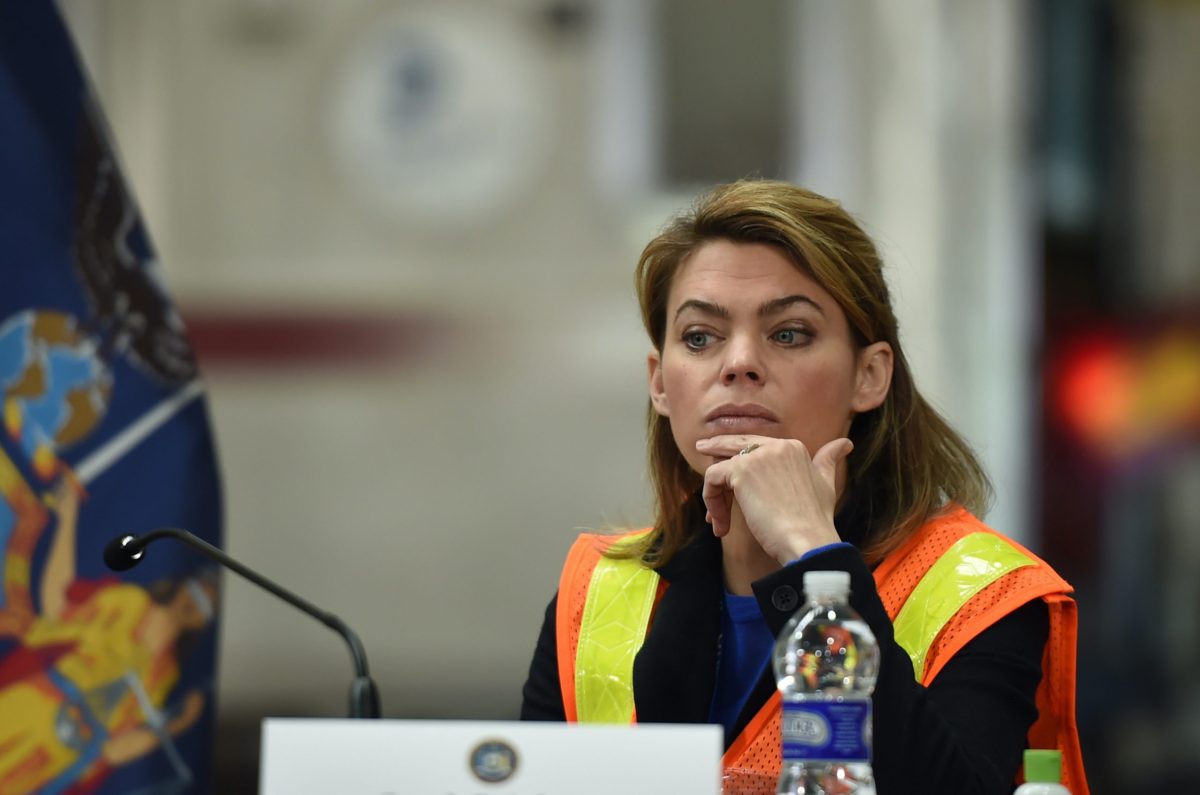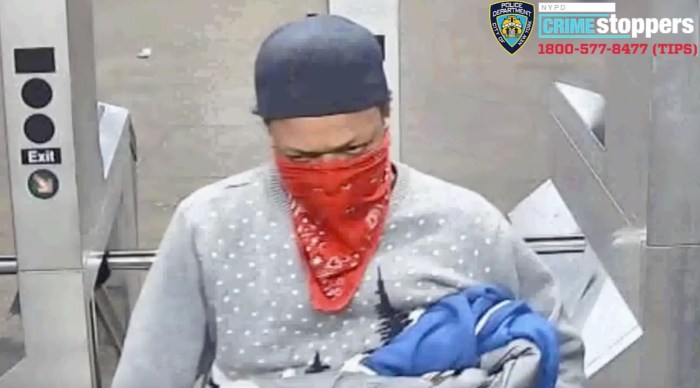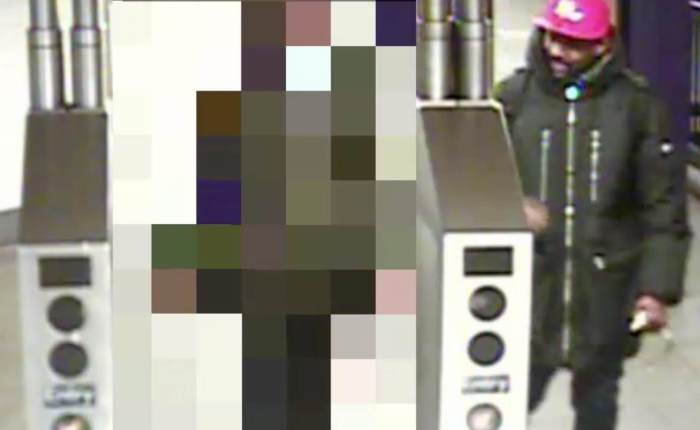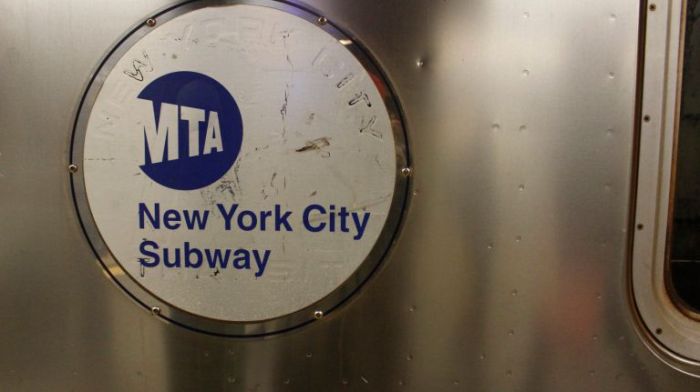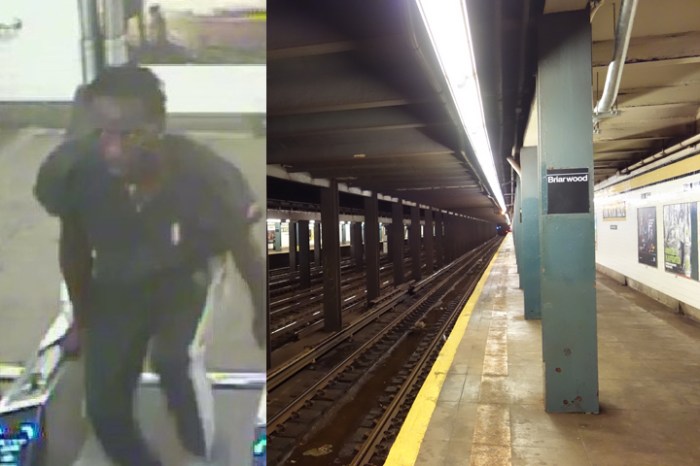Acting New York City Transit President Sarah Feinberg announced Tuesday morning that controversial cuts to the C and F trains would corrected in the coming weeks after contention and litigation between the agency and Transport Workers Union Local 100.
Feinberg, during a webinar with the Citizens Budget Commission, said better heads prevailed at the MTA during debates as to whether cuts implemented on both lines during the pandemic should remain that way as ridership returns — or if the need to provide enough service to prevent overcrowding should take priority.
“I’m glad to be able to say this morning that we’ve taken that debate off the table for now, we’ve decided that we’re going to continue to run full service and in fact we’re going to [restore] the two lines that have been a little off of full service, the C and the F, we’re now going to bring back to full service,” Feinberg said. “I think that’s the right thing to do to make sure that all of our C and F riders are getting as much service as they possibly can and as much social distancing as possible.”
Feinberg stressed, however, the change won’t happen immediately.
“It will take us several weeks to bring the C and the F back, the F will come back first and then the C afterwards but that sets us back at 100% full service and I think that’s the right place to be as we do our part to bring the city back, to bring the economy back,” she added. “I think the reality is, if there’s not a transit system that is safe and running efficient service and running a lot of service to greet the city as it comes back, we’re going to struggle.”
In recent weeks, TWU has launched litigation to stall the MTA making the reduced service on the two lines permanent with attorney Arthur Schwartz getting a stay on a temporary restraining order against the agency approved by a judge last week for an additional two weeks.
“We’re very satisfied. As we’ve been saying, New York needs more subway service, not less. This is definitely the right move,” said Tony Utano, president of TWU Local 100, in learning of the C and F train service restorations.
Headways on the C train went from eight or nine minutes to 12 minutes during peak hours while on the F line wait times went from four minutes to eight minutes, according to the MTA.
About 36 out of over 100 runs on the F train were cut early in the pandemic leaving MTA staff assigned to those runs to be reassigned. Going forward, these cuts will be unnecessary as there are currently crews available despite the 154 fatalities in the MTA workforce due to COVID-19 and considering those who are out sick as well as new hires, according to Eric Loegel, the vice president of Rapid Transit Operations at TWU.
“This is a big win for most New Yorkers, especially those who use the C and F Trains. Thank goodness the TWU sent me to court to get this hidden cut in service restored,” Schwartz said. “There is no more important means of transportation in New York City, especially for working New Yorkers, than our subway system. The pandemic requires that trains be as frequent as possible, so that platforms and cars are not crowded. Twice in the last month, once with making sure station booths are open 24 hours a day, and now with service cuts, Local 100 has beaten back efforts to make our system less safe.”
Schwartz has been criticized for his efforts representing groups whose objective was to stop the Fresh Pond Road bus lane as well as the 14th Street busway, while also pushing litigation forward to bring elevators to L train stations in Manhattan and working to prevent the rebuild of East River Park which would effectively take a major bike lane corridor out of commission for years.
The news of service being restored to these lines comes as MTA Chief Development Officer Jann0 Lieber, in the same meeting, announced the revitalization efforts on the F train’s East River Tunnel, the Rutgers Tube is now complete.
Feinberg additionally hinted at the return of 24 hour service on subways which were closed for four hours overnight in May 2020 for, according to the MTA, extensive COVID-19 cleaning efforts – and also the removal homeless people from the system. After the hours of closure were reduced to two hours between 2 a.m. and 4 a.m., Feinberg said the MTA is considering bringing back overnight service completely without providing any dates.



